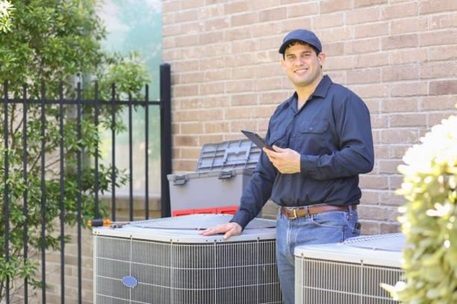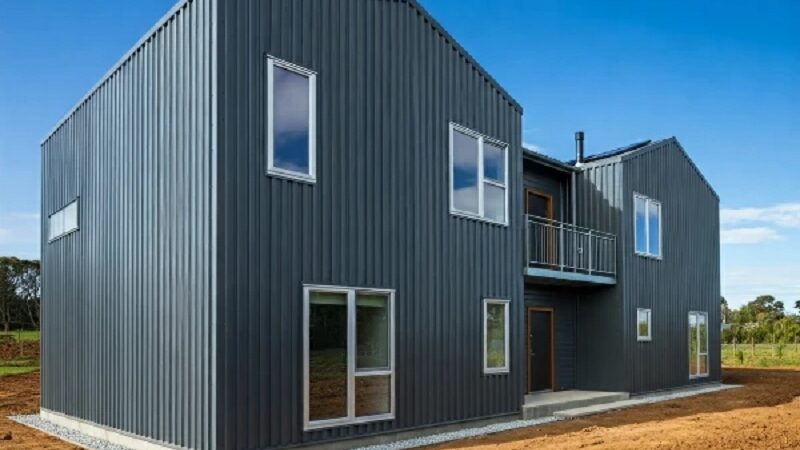Whether you’re building a new facility or upgrading an old system, proper HVAC installation is critical. But even the most advanced system can fail to perform if it’s not installed correctly. That’s where an HVAC installation audit comes in—a specialized process designed to verify that every component of your heating, ventilation, and air conditioning system has been installed to specification, safety codes, and performance standards.
This audit isn’t just a box to check—it’s an essential safeguard for your comfort, energy efficiency, and long-term system performance.
What Is an HVAC Installation Audit?
An HVAC installation audit is a detailed inspection and performance review conducted after an HVAC system has been installed. The purpose is to ensure that the system has been set up correctly, adheres to manufacturer guidelines, meets regulatory codes, and functions as intended.
This process is usually carried out by independent third-party experts or certified commissioning professionals who specialize in evaluating the installation quality and operational readiness of HVAC systems.
Why Is an Installation Audit Important?
- Ensures Proper System Performance
Even a high-end HVAC unit will underperform if ductwork is poorly sized, refrigerant is overcharged, or airflow is unbalanced. An audit ensures everything from equipment sizing to airflow rates has been correctly implemented, so the system delivers peak performance from day one.
- Prevents Costly Repairs and Inefficiencies
Installation mistakes often don’t show immediate effects but can lead to long-term damage. Improper wiring, poor sealing, or unlevel components can wear out parts prematurely and spike your utility bills. An audit catches these issues before they become expensive problems.
- Confirms Code and Safety Compliance
In many regions, including cities like Dubai, HVAC systems must meet specific building codes and health standards. An installation audit ensures compliance with local regulations and international standards like ASHRAE, NFPA, or ISO certifications.
- Improves Indoor Comfort and Air Quality
Proper system setup ensures that every room gets the right airflow, temperatures stay consistent, and humidity levels are controlled. Audits also evaluate ventilation and filtration, key to maintaining a healthy indoor environment.
- Protects Manufacturer Warranty
Many HVAC manufacturers require proof of proper installation for warranty validity. A third-party audit acts as documentation that your system was installed to professional standards.
What Happens During an HVAC Installation Audit?
An HVAC installation audit covers several key areas. Here’s what you can typically expect:
Documentation Review
- Blueprint and design comparison
- Equipment specifications
- Load calculations and sizing records
- Control strategy documentation

Visual Inspection
- Check for proper placement of indoor/outdoor units
- Ensure correct installation of ductwork, registers, grilles, and diffusers
- Inspect electrical connections and insulation
- Verify drain line slope and refrigerant line layout
Airflow and Duct Testing
- Confirm supply and return air balance
- Identify duct leaks or restrictions
- Evaluate damper settings and air delivery per room
Startup Verification
- Check for proper refrigerant charge levels
- Verify thermostat functionality
- Test heating and cooling cycle performance
- Assess system noise and vibration
Operational Testing
- Simulate normal operating conditions
- Record airflow, static pressure, and temperature differentials
- Check for error codes or irregularities in smart systems
Performance Reporting
- At the end of the audit, a full report is provided, detailing:
- Installation errors or deviations
- Recommendations for corrective actions
- Compliance summary
- Energy performance estimate
- Optional thermal imaging or blower door test results
Common Issues Found in HVAC Installation Audits
- Oversized or undersized HVAC units
- Poor duct design or installation
- Improper refrigerant charge
- Lack of insulation or incorrect pipe routing
- Miscalibrated thermostats
- Unsealed or leaky air ducts
- Inadequate ventilation for return air
Who Should Get an HVAC Installation Audit?
Homeowners: If you’ve recently installed a new HVAC system, an audit offers peace of mind and ensures your investment was properly implemented.
Contractors/Builders: Use audits to validate installation quality before handover, improving client satisfaction and reducing liability.
Facility Managers: For commercial buildings, especially those pursuing LEED or green building certifications, audits are essential for energy modeling and compliance.
Property Developers: Large-scale projects often require third-party commissioning to meet regional building code requirements.
When Should the Audit Be Conducted?
Ideally, the HVAC installation audit should be performed:
Immediately after installation, before final handover
Before the start of peak seasonal usage (summer or winter)
After major renovation or retrofitting work
When moving into a newly purchased building
Conclusion: A Smart Move for Long-Term Payoff
Think of an HVAC installation audit as your system’s final exam before it starts operating full-time. It confirms that all the time, money, and planning that went into your HVAC investment pays off—not just today, but for years to come.
Skipping the audit might save a few dollars upfront, but it can lead to hidden inefficiencies, poor comfort, and higher repair bills down the line. Whether you’re aiming for comfort, energy savings, or compliance, an HVAC installation audit is a smart, proactive step in ensuring your system performs exactly as intended.

HVAC MasterLabs
Barsha Heights, Dubai, UAE
971-501001615







